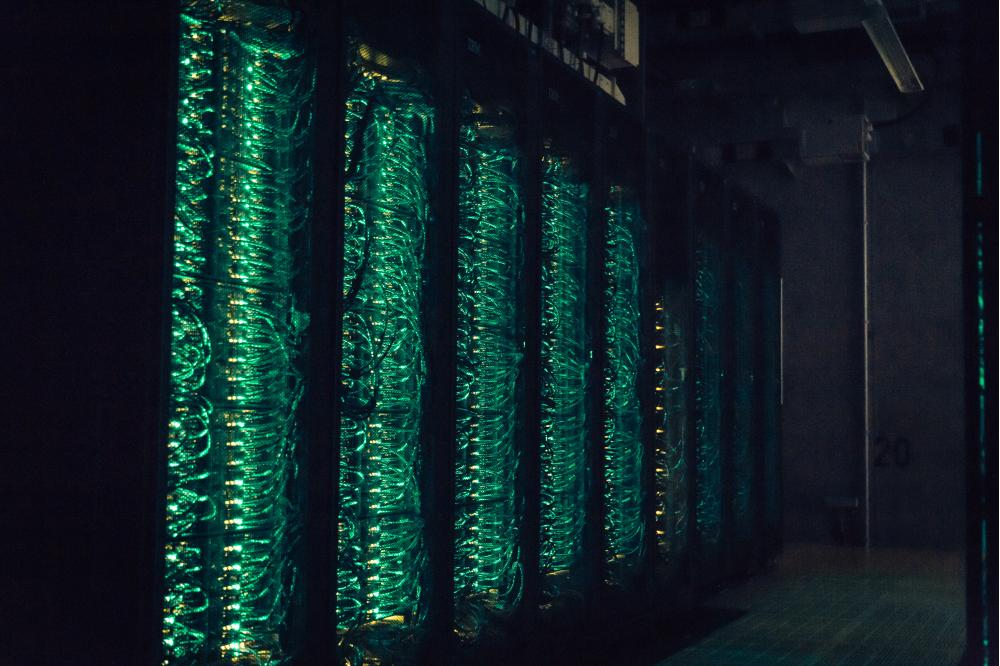The Simulation of Fluids for Psychophysical Studies
Introduction
Most research on visual recognition focuses on objects, which are defined primarily by their shape. By contrast, fluids and other deformable materials have highly mutable shapes – visibly influenced by forces and object interactions – that evolve over time. To identify liquids, the visual system must ‘abstract’ those features that are common to different samples, despite radical differences in shape, volume, and surface appearance. Thus, by studying how the brain makes sense of fluids, we not only stand to gain new insights which contribute to our understanding of material perception, but also more general principles of how statistical properties of surfaces are represented.
Methods
The dynamic nature of fluids makes it hard to generate controlled stimuli that allow controlled variations to study perception without giving in on physical correctness. Computer generated liquid stimuli provide this flexibility but especially the physical correctness of the simulations comes with high computational costs. There are industrial solutions used in aeronautics and marine engineering and software used in the VFX (visual effects) industry. We used RealFlow 2014 to simulate our liquids, which is developed by Next Limit one of the industry leaders in VFX fluid simulations. Next Limit is a partner in our research network PRISM (Perceptual Representation of Illumination, Shape & Material) and therefore provides us with required licenses and direct support from their development team.
The calculations performed on Skylla at Justus-Liebig-Universität Giessen can be divided in three types of calculations. There are the particle simulations, meshing of the particles and rendering the meshes with optical material properties. The hardware requirements are different for each process. The particle simulations run best on one single thread with a high clocking speed and large amounts of RAM memory. Using multiple threads will speed up the processes to a certain extend but also introduces variability between threads which can result in incorrect results. Using multiple threads for the meshing process would be beneficial but this is combined with the particle calculations for automation purposes. The rendering process is fully parallelizable. Here it is useful to use all threads available and the costs for memory are low.
Results
The use of Next Limit RealFlow and Maxwell render has brought our stimuli to a new level of realism, which is very important to expose certain behavioral patterns in our perception more distinctively. The increase of detail and photorealism will help to limit the noise introduced in our data by imperfections or unnatural behavior in the computer generated stimuli. The first experiments are currently running with the new stimuli computed on Skylla and the data shows clear differences in properties we associate with liquids with different optical material appearances and viscosities. The cues triggering these associations we would like to study further.
The software is capable of even higher levels of realism but this is currently not utilized because of the increase in computational costs, which with current available hardware would take to long to simulate. Skylla is in computational power a bit outdated especially with the 64-thread limit imposed on a single user account. The performance available for a single user account can nowadays be matched by a single high-end workstation.




